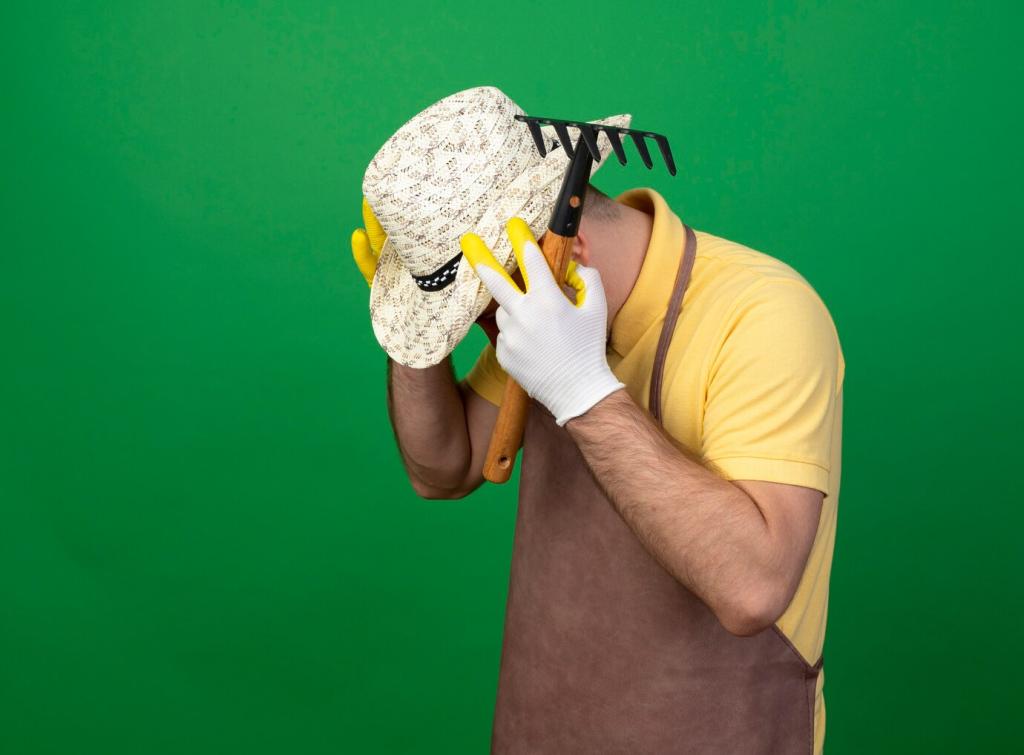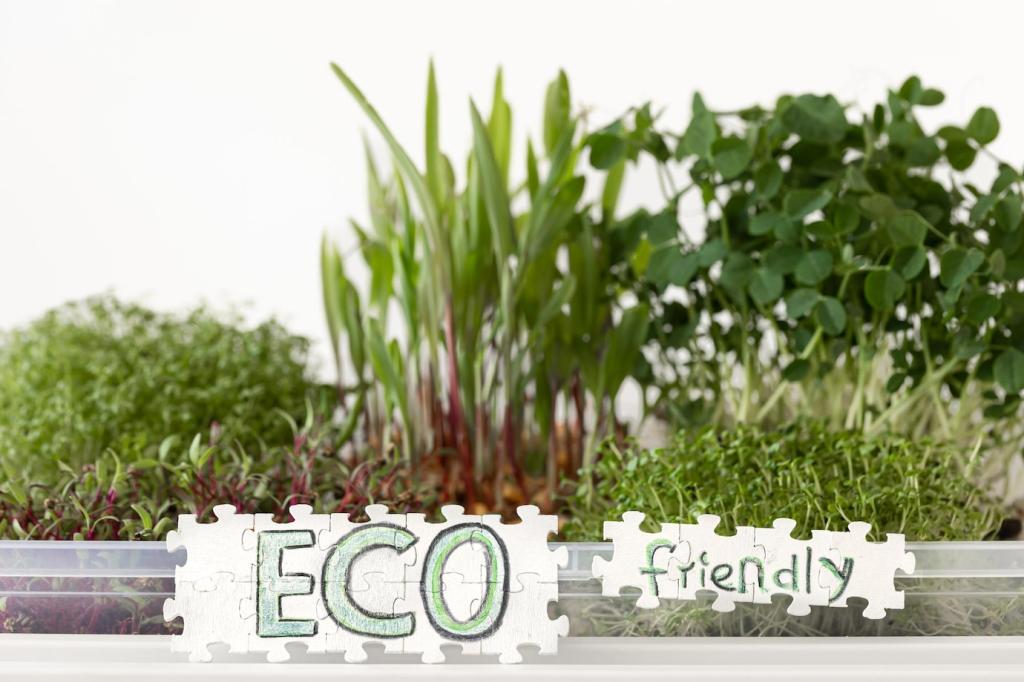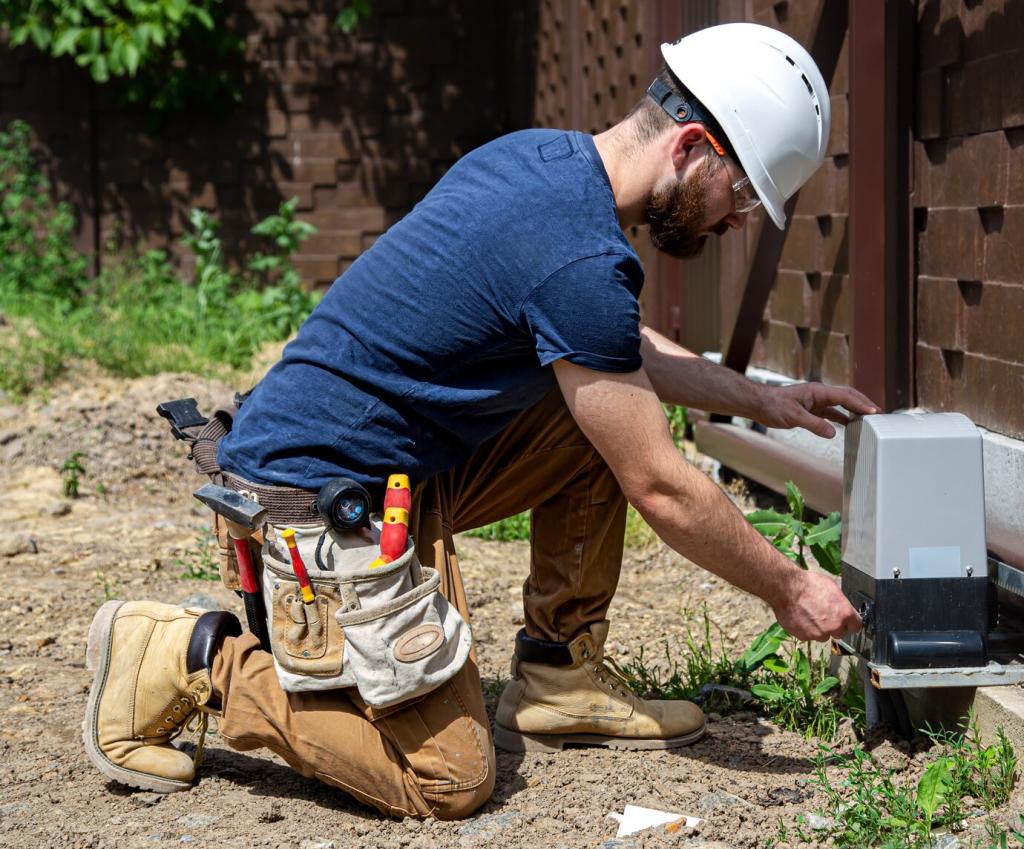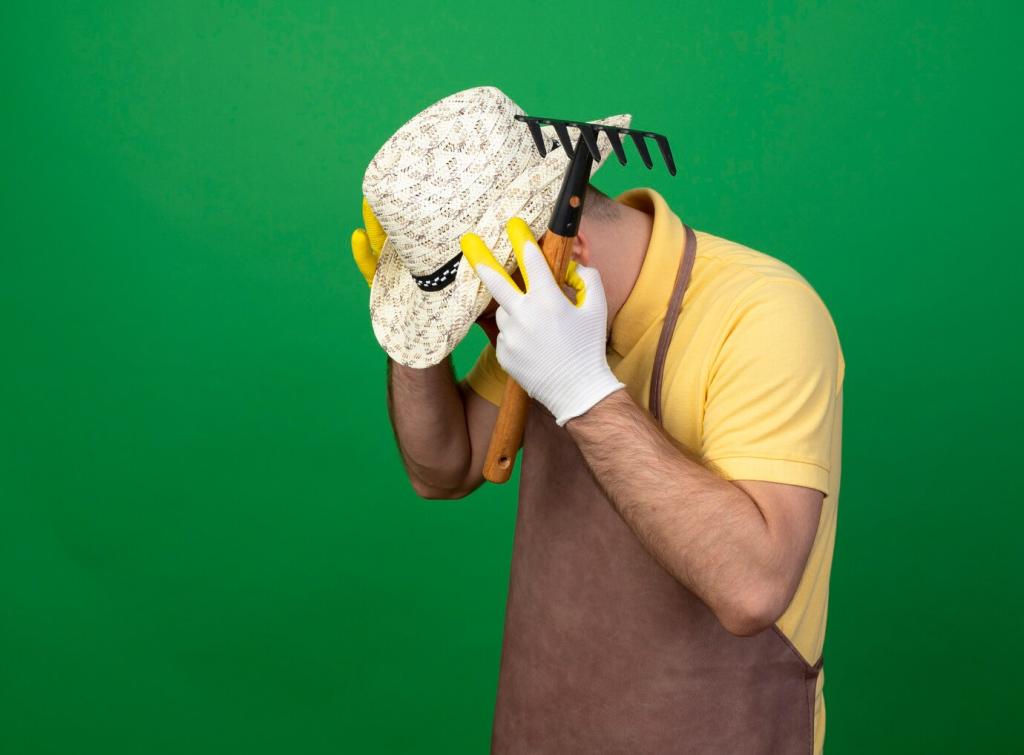Zero-Waste Furniture Restoration Ideas: Restore Beautifully, Waste Nothing
Chosen theme: Zero-Waste Furniture Restoration Ideas. Welcome to a cheerful, practical space where every repair honors the planet and every scrap finds a second life. Explore resourceful methods, heartfelt stories, and field-tested tips to revive furniture without generating trash. Share your projects, ask questions, and subscribe for weekly zero-waste inspiration you can put to work right away.

Start With a Waste-First Mindset
Set up five clearly labeled buckets: wood, metal, textiles, finishes/chemicals, and mystery. Over a week, sort every offcut and fastener. Weigh each bucket to create a baseline, then set reduction goals. This simple ritual reveals hidden waste patterns, inspires smarter cuts, and sparks creative reuse. Share your bucket results in the comments and inspire someone new.

Start With a Waste-First Mindset
Trade retail runs for community-powered supply lines: salvage yards, reuse depots, online swaps, and neighborhood curb alerts. A reader found perfect brass hinges on an orphan cabinet and saved thirty dollars plus packaging waste. Keep a running list of local treasures, and tell us your best source. Your map may guide another restorer’s breakthrough.

Finishes with Integrity
Dewaxed shellac flakes dissolved in alcohol, hardwax oils with plant-based solvents, and casein milk paint deliver character and repairability. Always patch-test on an inconspicuous spot. An antique pine chest in our studio revived with blond shellac and a whisper of beeswax now glows softly, still breathable, and simple to refresh. What’s your go-to low-waste finish?

Glues and Joinery That Can Un-Join
Hot hide glue grips beautifully yet softens with gentle heat and moisture, enabling future repairs. Combine it with drawbored mortise-and-tenon joints for strength that ages gracefully. Use PVA sparingly where reversal isn’t required. Brass screws with washers protect wood fibers for repeated assembly. Share your preferred reversible adhesive and why it’s earned your trust over time.

Hardware: Treasure in the Rust
Rescue vintage hardware with a citric acid bath, a brass brush, and a thorough rinse before waxing. Neutralize mild steel parts to prevent flash rust, then lubricate threads with beeswax. We once salvaged Arts-and-Crafts drawer pulls deemed “hopeless,” and they became the soul of a restored sideboard. Tell us your favorite metal-rescue trick for stubborn corrosion.
Smart Techniques to Save Parts, Not Replace Them
Grain-matched inlays stabilize cracks while adding craftsmanship you can see. Use contrasting wood for a proud repair or invisible patches when subtlety suits the piece. A coffee-ring scar on a tabletop became a star-shaped inlay that guests now ask about first. Post your boldest patch idea—someone here might try it this weekend.
Pattern Nesting Saves Yards of Fabric
Lay out templates tightly, mirroring pieces and aligning grain so small scraps become piping or bias tape. Use kraft paper patterns you can reuse, and label everything. One reader saved nearly a full meter by strategic nesting and turned the remainder into a matching tool roll. Share your layout wins to help others cut smarter.
Natural Stuffing, Honest Comfort
Reuse horsehair by washing and re-carding, layer needled wool batts, or add coconut coir for resilient support. Refresh tired foam with a wool topper rather than replacing wholesale. These materials breathe, age gracefully, and can be repaired again. What’s inside your favorite chair? Tell us how you refreshed the seat without sending old filling to the bin.
Springs, Webbing, and the Joy of Tension
Retie coil springs using eight-way hand tying for supportive, long-lived seats. Choose jute webbing, stagger tacks thoughtfully, and reuse sound components. We saved a sagging settee by re-tensioning, not replacing, and the original rhythm returned. If you’ve mastered a tidy clove hitch under the frame, teach a newcomer in the comments today.



Creative Reuse Stories to Spark You
Loose joints, a tired cane seat, and generations of fingerprints. We swapped swollen dowels for tapered beech pegs, reactivated hide glue with gentle heat, and hand-wove the seat with leftover cane strands. The squeak is gone; the lullaby remains. Share your heirloom save—what memory did you keep intact while cutting waste to almost zero?
Creative Reuse Stories to Spark You
A chipped dresser lost two drawers, so we turned the gap into open shelves for baskets. The top was resurfaced using offcut maple strips edge-glued into a butcher-block look. Pulls came from a broken wardrobe down the street. Now it’s a kitchen island with history. Post your best curbside transformation and the waste you avoided.
Care and Circularity After Restoration
Create seasonal rituals: tighten screws in spring, refresh wax in summer, inspect joints in autumn, and touch up finishes midwinter. Ten minutes now replaces hours later. Keep a small kit ready: cloth, wax, screwdriver, soft brush. What’s on your calendar? Share your routine so others can adopt a maintenance habit that saves pieces for decades.
Slip a card under a drawer listing woods, finishes, adhesives, and dates of work. Add care notes and your email. This breadcrumb trail prevents guesswork, toxic strippers, and mismatched fixes. We discovered such a card once and it saved hours. Will you start this tradition? Tell us what details you’d include for your heirs.
Bolt-on legs, replaceable felt feet, and slipcovered cushions welcome easy updates without waste. Favor threaded inserts, cleats, and non-permanent linings. Keep a labeled envelope of spare screws taped inside a case piece. What clever reversible trick do you swear by? Leave a comment and help the next restorer avoid a one-way repair.

Join the Movement and Multiply the Impact

Weigh diverted materials and note avoided purchases. Estimate carbon savings using simple calculators, even rough figures. A reader saved twelve kilograms of wood and four kilograms of metal on one project—proof adds momentum. Share your numbers to cheer each other on, and subscribe for templates that make tracking fast, clear, and motivating.
